Unit 5 Enjoying novels Warming up and reading课件(34张)
文档属性
| 名称 | Unit 5 Enjoying novels Warming up and reading课件(34张) | 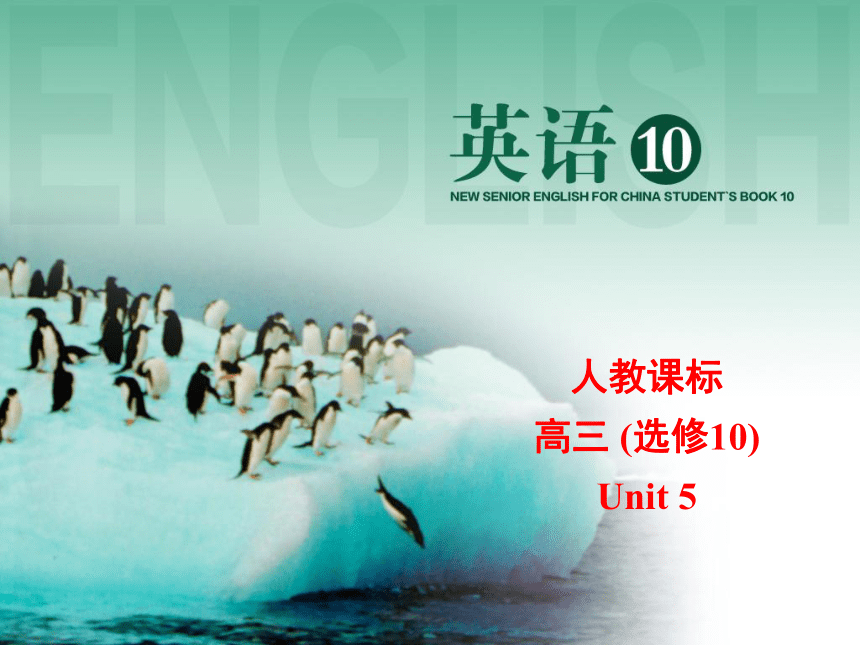 | |
| 格式 | zip | ||
| 文件大小 | 4.6MB | ||
| 资源类型 | 教案 | ||
| 版本资源 | 人教版(新课程标准) | ||
| 科目 | 英语 | ||
| 更新时间 | 2018-08-05 18:10:01 | ||
图片预览

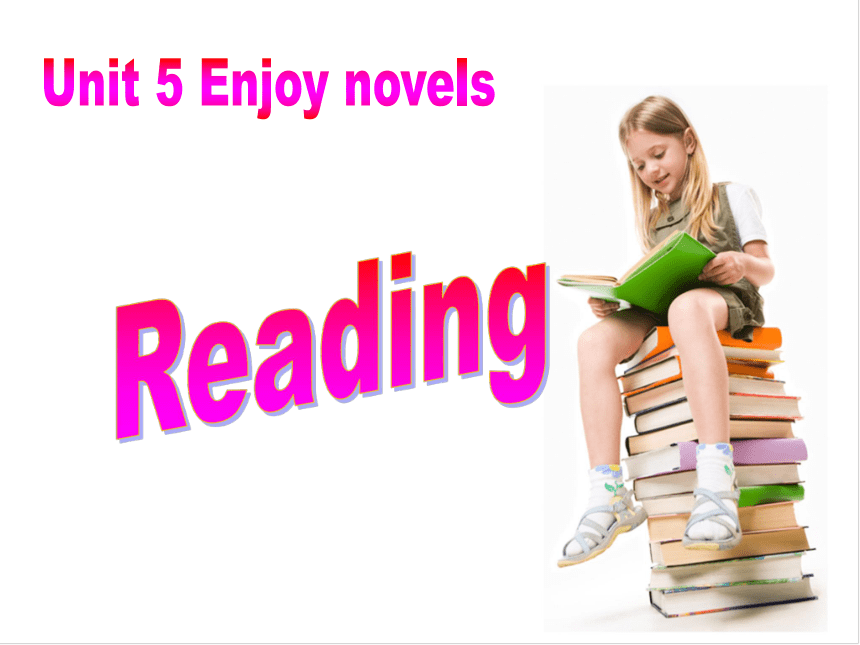
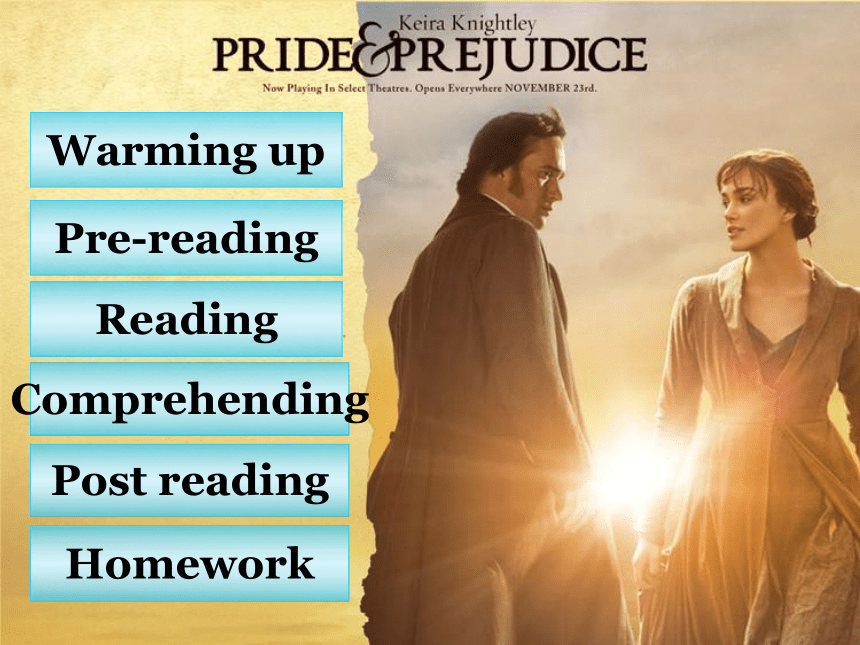

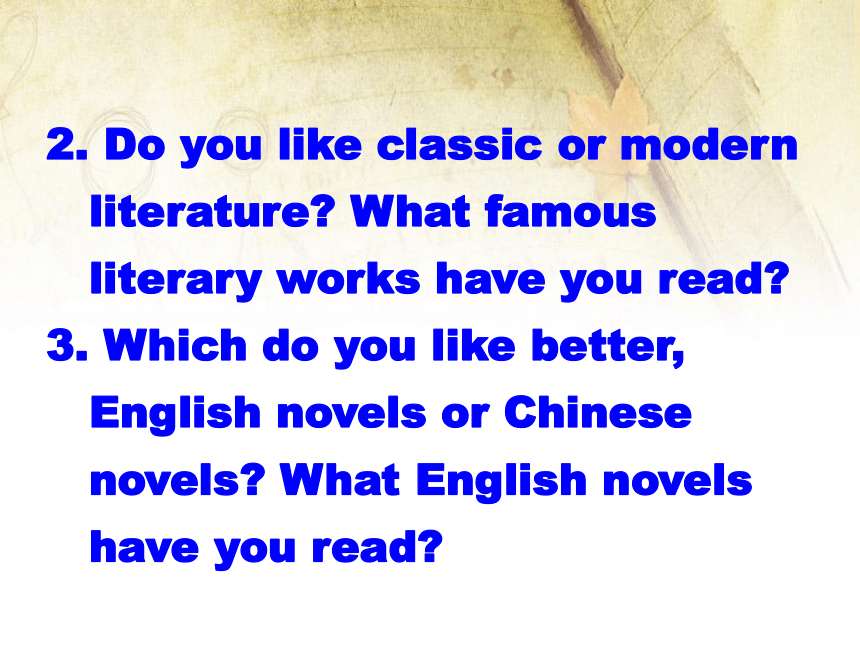
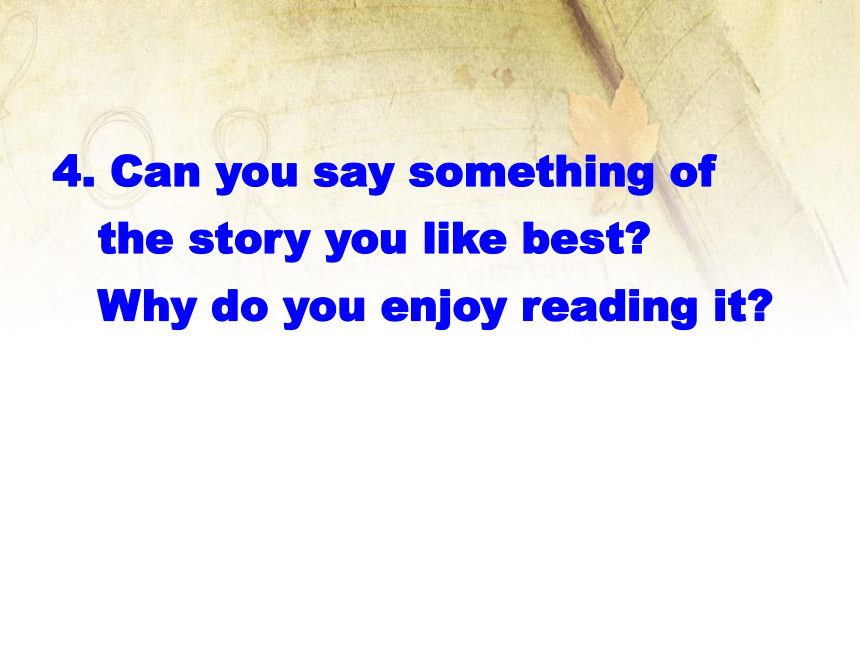
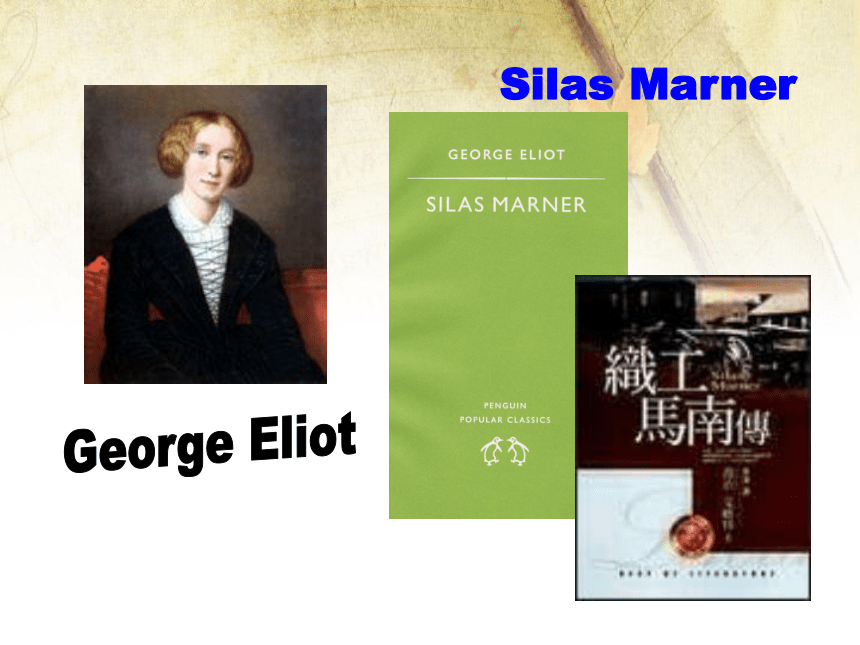
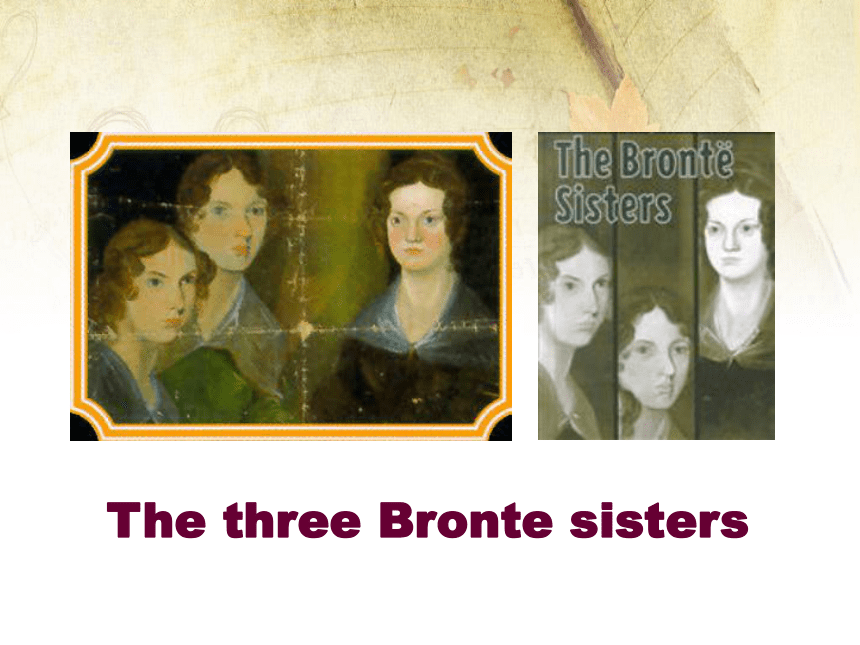
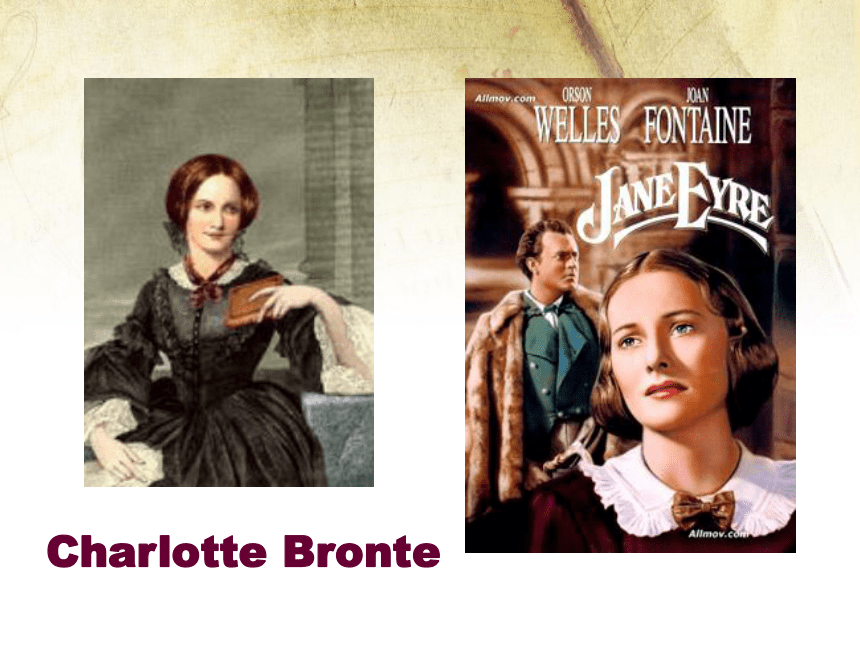
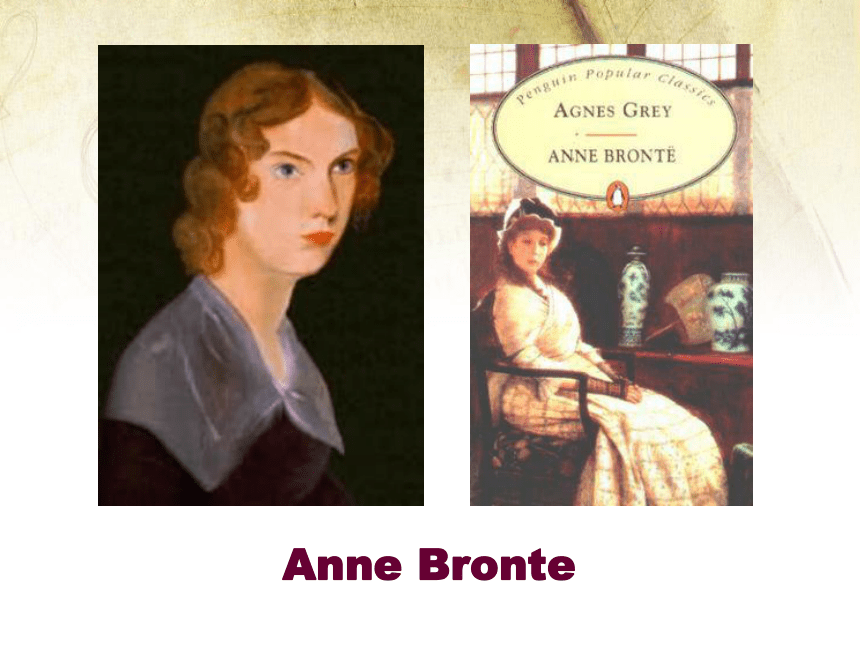

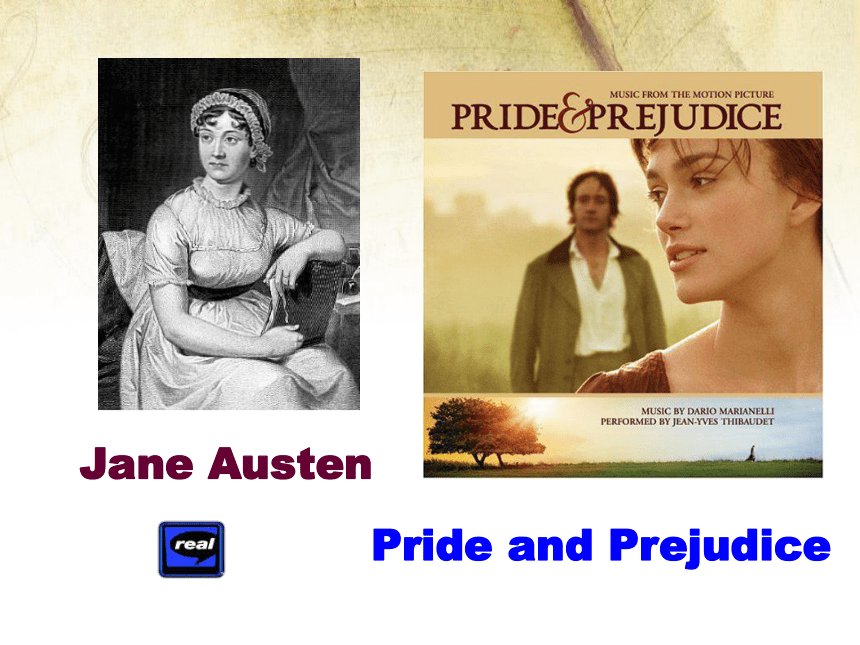
文档简介
课件34张PPT。人教课标
高三 (选修10) Unit 5ReadingUnit 5 Enjoy novelsPre-readingComprehendingReadingWarming upHomeworkPost readingLook at these literary genres.
Which do you enjoy most? Why? Warming up2. Do you like classic or modern literature? What famous literary works have you read?
3. Which do you like better, English novels or Chinese novels? What English novels have you read?4. Can you say something of the story you like best? Why do you enjoy reading it?George EliotSilas MarnerThe three Bronte sistersCharlotte BronteAnne BronteEmily BronteWuthering HeightsJane AustenPride and PrejudiceGone with the WindMargaret MitchellCharles DickensAgnes Grey
Gone with the Wind
Tess of the d’Urbevilles
David CopperfieldCan you match the titles of these famous novels to the authors?Margaret Mitchell
Anne Bront?
Charles Dickens
Thomas Hardy Pre-readingJane Eyre
Pride and Prejudice
Wuthering Heights
Just so stories
To kill a MockingbirdJane Austen
Charlotte Bront?
Harper Lee
Emily Bront?
Rudyard KiplingReadingWhat does the author tell us in the first paragraph?Consensus in society opposed the writing of novels by authoresses. But this period produced five of the most courageous and gifted authoresses. They are Jane Austen, the three Bronte sisters (Charlotte, Emily and Anne), and the writer known as George Eliot. The general idea of paragraphs 2 to 3: the introduction of Jane Austen and her work “Pride and Prejudice”. The fourth paragraph: after Jane Austen, authoresses found it an even more hopeless task to publish novels under their own names. So they chose to publish their works using men’s names. The sixth paragraph does with George Eliot and her work “Silas Marner”. The fifth paragraph deals with Charlotte Bronte. The seventh paragraph introduces Charles Dickens’ novel “David Copperfield”.The main idea of the passage?It tells us men and women have equal rights. What’s more, women are independent, not men’s accessories. Women can do anything men can. Maybe women can do everything better than men. It is wrong to discriminate against women. After skimming the text quickly, tick this chart to show the issue each writer was most concerned with.ComprehendingRead the passage again carefully and answer the questions. 1. Why do you think so many authoresses
wrote about love and marriage?
This was the experience and dilemma for these women writers and this was also a common longing for
most women. 2. Which writer was the most reserved in her descriptions of feelings? Why do we still read her books?
Jane Austin was most reserved in her
description of personal feelings. We
read her books for their humour,
irony and characterization. 3. In which way were George Eliot’s books similar to those of Charles Dickens?
Geoge Eliot’s books were concerned with the way social pressures made people behave badly or stupidly, while Charles Dickens novels are
concerned with injustice in society. So both are concerned with society and its effect on the individual but they deal with it from different points of view.4. In which way were George Eliot’s books
similar to those of Charlotte Bronte?
George Eliot describes the personal
distress that people bring upon themselves
when they behave badly according to the
expectations of society at that time. Charlotte Bronte describes how emotional necessity makes people behave against the expected behavior of society. So they are both concerned with how a person’s feelings affect their decisions.Discuss what is the difference between the content of Charles Dickens’ books and those of the women writers?Post-readingCharles Dickens’ novels describe the hardships of poor people who did not possess money or a sponsor to smooth their path. Jane Austen’s novels deal with the problem and limitation of women’s choice. Charlotte Bronte’s
novels were revolutionary for
the explicit way they described women struggling against their restricted roles in society. George Eliot’s novels examined the morally ambiguous concessions people make in their lives in order to succeed.Homework1. Read the text repeatedly.2. Finish Part 1 of Learningabout Language.Thanks for listening!
高三 (选修10) Unit 5ReadingUnit 5 Enjoy novelsPre-readingComprehendingReadingWarming upHomeworkPost readingLook at these literary genres.
Which do you enjoy most? Why? Warming up2. Do you like classic or modern literature? What famous literary works have you read?
3. Which do you like better, English novels or Chinese novels? What English novels have you read?4. Can you say something of the story you like best? Why do you enjoy reading it?George EliotSilas MarnerThe three Bronte sistersCharlotte BronteAnne BronteEmily BronteWuthering HeightsJane AustenPride and PrejudiceGone with the WindMargaret MitchellCharles DickensAgnes Grey
Gone with the Wind
Tess of the d’Urbevilles
David CopperfieldCan you match the titles of these famous novels to the authors?Margaret Mitchell
Anne Bront?
Charles Dickens
Thomas Hardy Pre-readingJane Eyre
Pride and Prejudice
Wuthering Heights
Just so stories
To kill a MockingbirdJane Austen
Charlotte Bront?
Harper Lee
Emily Bront?
Rudyard KiplingReadingWhat does the author tell us in the first paragraph?Consensus in society opposed the writing of novels by authoresses. But this period produced five of the most courageous and gifted authoresses. They are Jane Austen, the three Bronte sisters (Charlotte, Emily and Anne), and the writer known as George Eliot. The general idea of paragraphs 2 to 3: the introduction of Jane Austen and her work “Pride and Prejudice”. The fourth paragraph: after Jane Austen, authoresses found it an even more hopeless task to publish novels under their own names. So they chose to publish their works using men’s names. The sixth paragraph does with George Eliot and her work “Silas Marner”. The fifth paragraph deals with Charlotte Bronte. The seventh paragraph introduces Charles Dickens’ novel “David Copperfield”.The main idea of the passage?It tells us men and women have equal rights. What’s more, women are independent, not men’s accessories. Women can do anything men can. Maybe women can do everything better than men. It is wrong to discriminate against women. After skimming the text quickly, tick this chart to show the issue each writer was most concerned with.ComprehendingRead the passage again carefully and answer the questions. 1. Why do you think so many authoresses
wrote about love and marriage?
This was the experience and dilemma for these women writers and this was also a common longing for
most women. 2. Which writer was the most reserved in her descriptions of feelings? Why do we still read her books?
Jane Austin was most reserved in her
description of personal feelings. We
read her books for their humour,
irony and characterization. 3. In which way were George Eliot’s books similar to those of Charles Dickens?
Geoge Eliot’s books were concerned with the way social pressures made people behave badly or stupidly, while Charles Dickens novels are
concerned with injustice in society. So both are concerned with society and its effect on the individual but they deal with it from different points of view.4. In which way were George Eliot’s books
similar to those of Charlotte Bronte?
George Eliot describes the personal
distress that people bring upon themselves
when they behave badly according to the
expectations of society at that time. Charlotte Bronte describes how emotional necessity makes people behave against the expected behavior of society. So they are both concerned with how a person’s feelings affect their decisions.Discuss what is the difference between the content of Charles Dickens’ books and those of the women writers?Post-readingCharles Dickens’ novels describe the hardships of poor people who did not possess money or a sponsor to smooth their path. Jane Austen’s novels deal with the problem and limitation of women’s choice. Charlotte Bronte’s
novels were revolutionary for
the explicit way they described women struggling against their restricted roles in society. George Eliot’s novels examined the morally ambiguous concessions people make in their lives in order to succeed.Homework1. Read the text repeatedly.2. Finish Part 1 of Learningabout Language.Thanks for listening!
